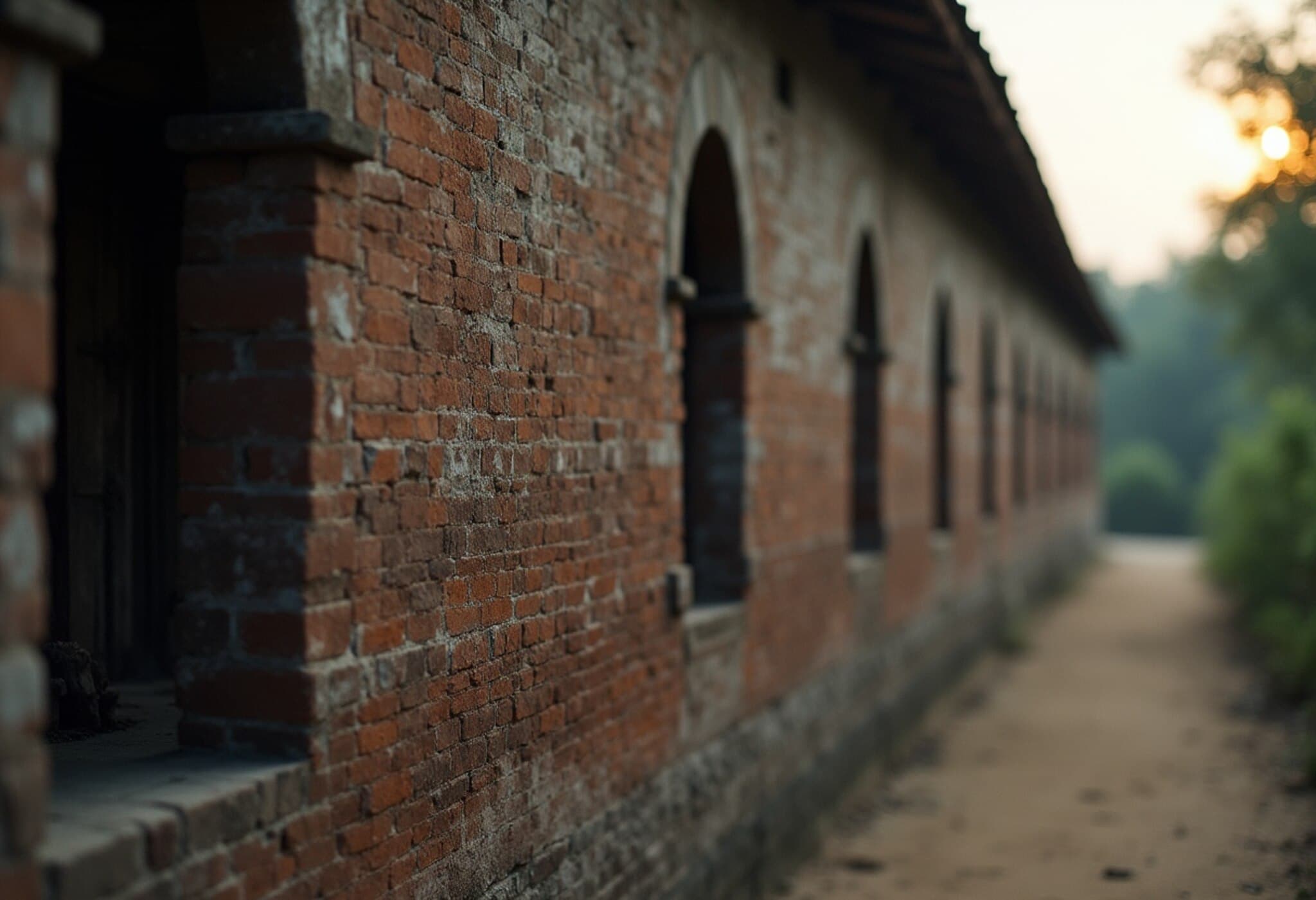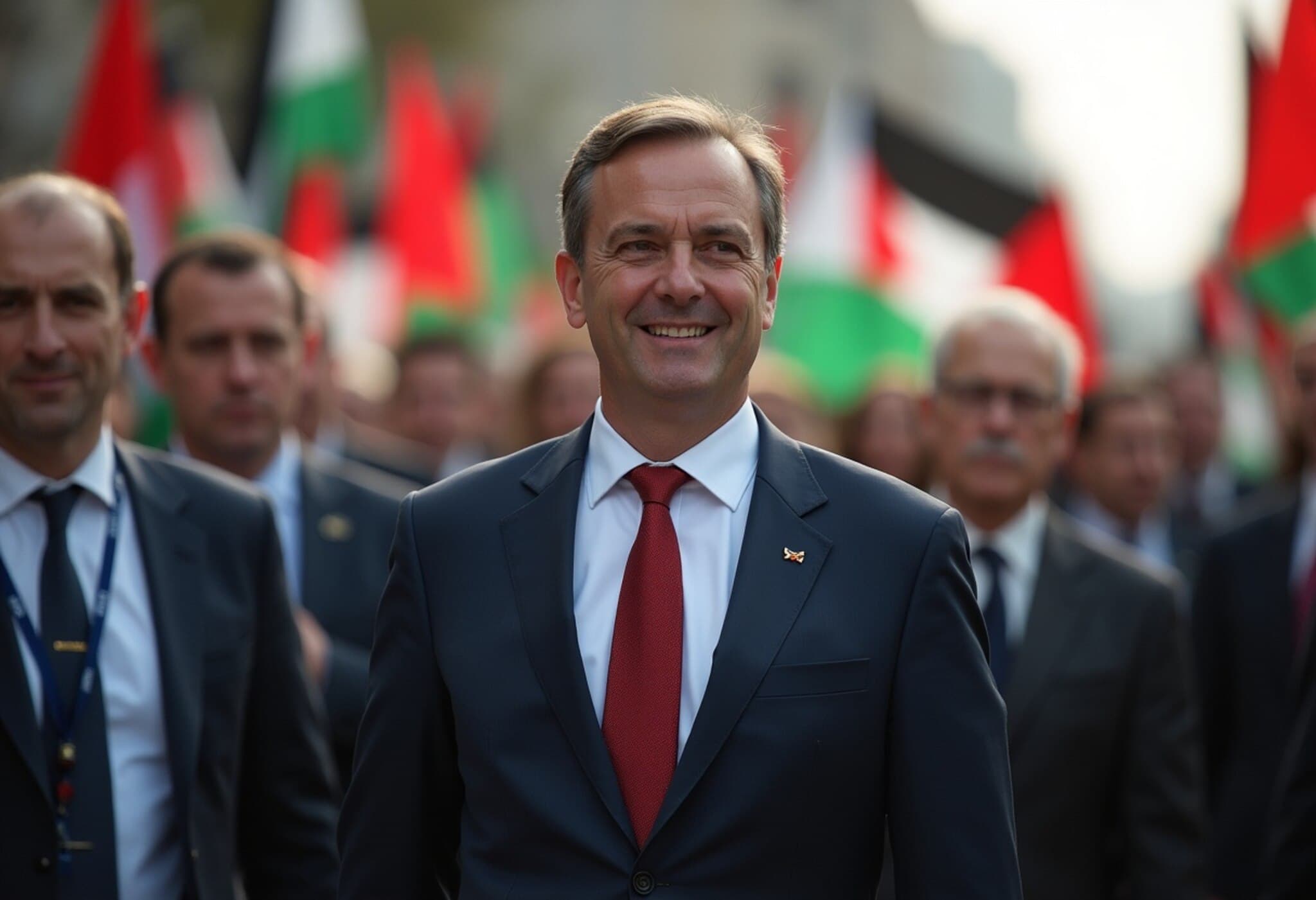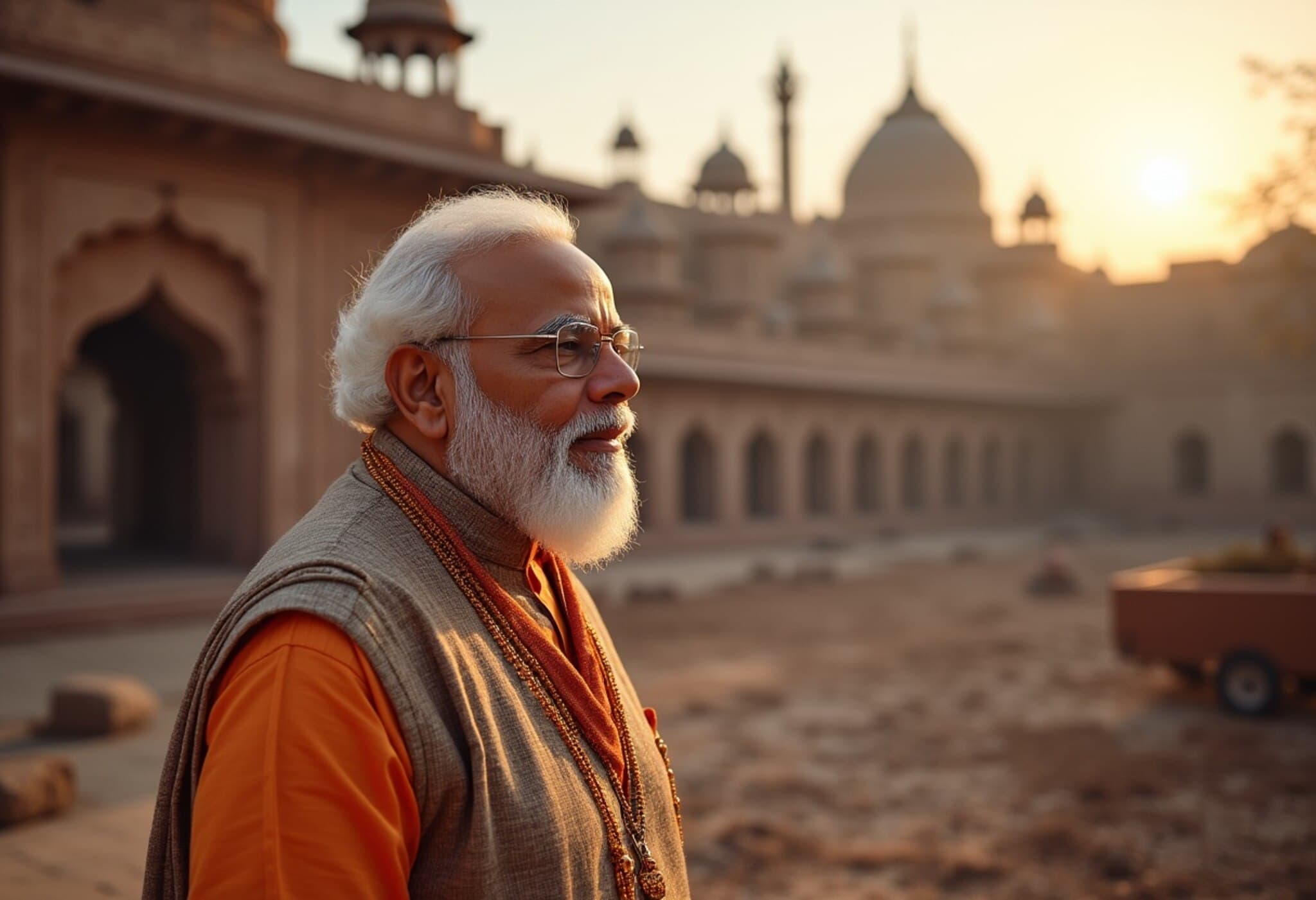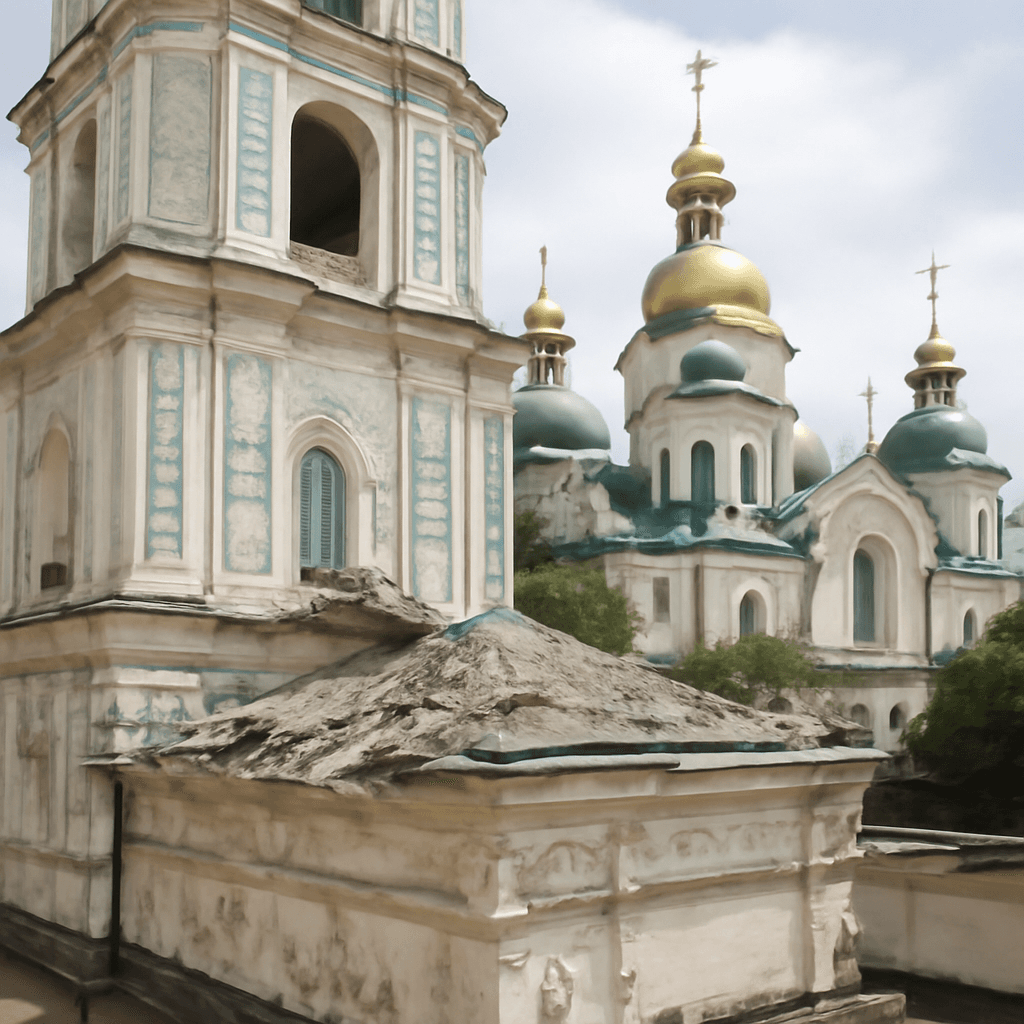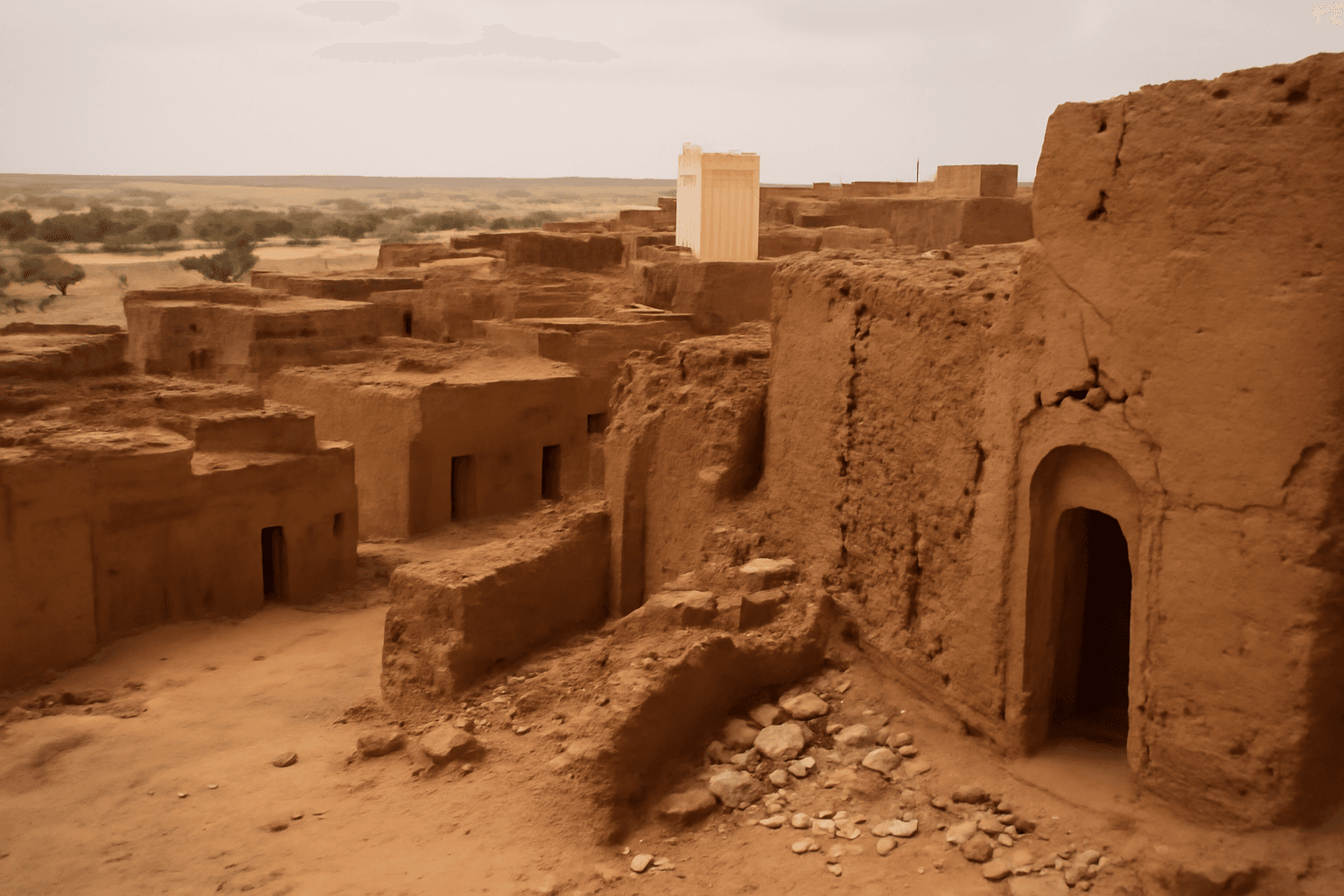UNESCO Honors Cambodian Genocide Sites, Offering Recognition and Hope to Survivors
On July 11, 2025, three harrowing sites tied to Cambodia’s brutal Khmer Rouge genocide were officially inscribed on UNESCO’s World Heritage List, marking a significant moment of international recognition and remembrance for the victims and survivors of one of the darkest chapters of the 20th century. This designation not only preserves the physical remnants of these tragic locations but also ensures their stories continue educating future generations.
Remembering the Pain: From a High School to a House of Horrors
The most infamous of the three sites is the Tuol Sleng Genocide Museum in Phnom Penh. Formerly a high school, it was converted into the Khmer Rouge’s notorious S-21 prison, where an estimated 15,000 men, women, and children met their death beneath the hands of torture and oppression. Chum Mey, one of the few remaining survivors, reflected on the UNESCO recognition with a mix of sorrow and relief. “I am so thrilled,” he told AFP. “The listing reminds me of the torture I endured — the beatings, the electric shocks, the starvation — but it also honors those who never survived.”
Three Sites of Suffering, Now Guardians of Memory
- Tuol Sleng (S-21) Genocide Museum: The epicenter of torture and interrogation in Phnom Penh.
- Choeung Ek Genocide Centre: Also in the capital, this killing field is the site of mass executions, where victims from S-21 were taken.
- M-13 Site: Located in rural Kampong Chhnang province, another grim locale of Khmer Rouge atrocities.
Chum Mey emphasized the importance of this recognition for future generations, saying, “This is not just about the past; it is a warning, a lesson, and a memory that must never fade.”
The Human Toll and the Urgency of Memory
The Khmer Rouge regime, which held power from 1975 to 1979, was responsible for the deaths of approximately two million Cambodians—about a quarter of the population at the time. They perished through starvation, forced labor, systematic torture, and mass executions designed to eradicate perceived enemies of the regime.
Visitors to the Tuol Sleng Museum continue to walk the halls lined with haunting black-and-white photographs of victims and the grim apparatus of torture, confronting the human cost of unchecked brutality. Local residents, including survivors and families of victims, see the UNESCO listing as an affirmation of their shared grief and resilience.
Survivors’ Voices: Honour, Healing, and a Caution to the World
For Khuon Sovann, aged 82, who lost more than ten relatives during the genocide, the UNESCO designation is a hopeful step toward preserving memory. She said, “I am happy that the suffering of the Cambodian people is finally recognized by the international community.” Along with her sister, she paid respects and offered prayers at the site, underscoring the spiritual weight these places carry for families left behind.
Norng Chanphal, who survived S-21 as a child, returns daily to the museum grounds to sell memoirs and keep the stories alive—especially for his mother, who was killed at the prison. “The UNESCO listing offers some justice for my mother’s soul and all the victims,” he explained. “It is a lesson for the world to prevent such an atrocity from happening again, in Cambodia or anywhere else.”
The Broader Implications: Reflecting on Memory and Justice
Beyond Cambodia’s borders, the UNESCO inscription serves as a stark reminder of the importance of confronting historical atrocities through preservation and education. This act of international recognition supports efforts to promote reconciliation and uphold human dignity, illustrating that even after half a century, the shadows of genocide demand vigilance from all.
The Cambodian Culture Ministry highlighted this sentiment, stating that the inscription honors the nation’s ongoing commitment to transforming "a land once ravaged by war and genocide... into a place of peace and dignity." For scholars and policymakers focused on transitional justice, Cambodia’s experience underscores the critical role of memorialization in healing societies post-conflict.
Editor's Note
The inscription of Khmer Rouge genocide sites on the UNESCO World Heritage List represents not just a tribute to victims but a beacon for global human rights vigilance. As Cambodia continues to grapple with the profound legacy of trauma, it beckons the international community to prioritize education and remembrance in preventing future atrocities. How can other nations learn from Cambodia’s path of memorialization to better reconcile with their histories? And what innovations in preserving such painful legacies lie ahead in the digital era?

